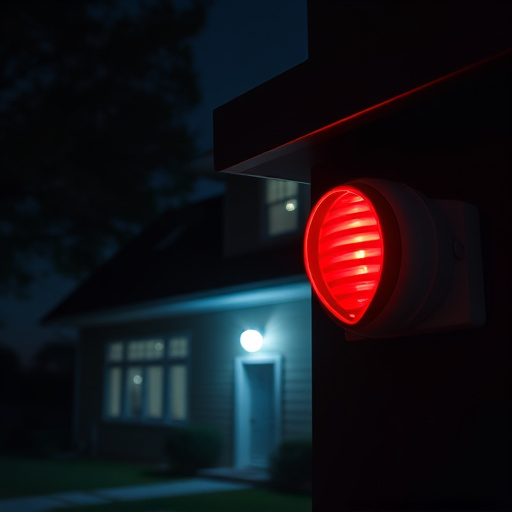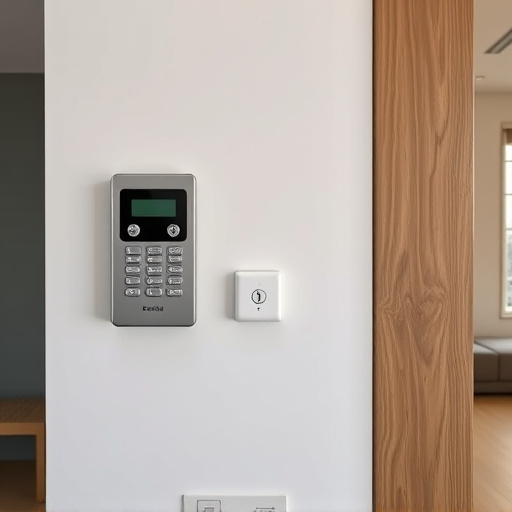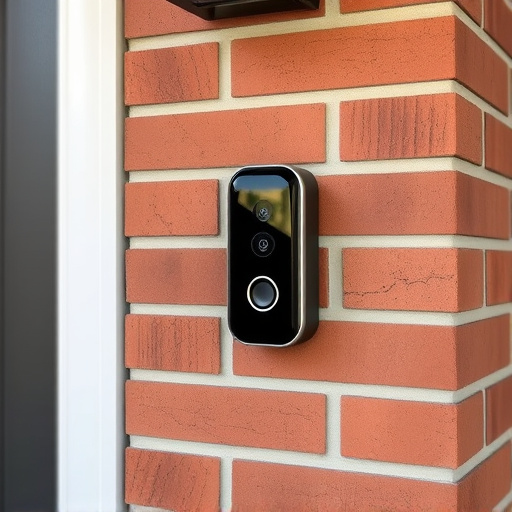Secure Your Home with Cutting-Edge Tech: Smart Locks & Alarms for Peace of Mind

Discover the ultimate in smart living with the latest home protection tech. Transform your sanctuary…….
We are At Your Service
In today’s digital age, home security has evolved beyond traditional locks and alarms. With the rise of smart homes and advanced technology, homeowners now have access to an array of innovative gadgets designed to protect their properties and offer peace of mind. This article delves into the top 10 home security gadgets that are revolutionizing how we safeguard our living spaces, providing an in-depth look at each, their features, and their impact on modern security systems. By exploring these cutting-edge technologies, readers will gain valuable insights into enhancing their homes’ security infrastructure.
The term “Top 10 Home Security Gadgets” refers to a curated selection of the most advanced and impactful devices designed to bolster home security. These gadgets are not merely accessories but integral components of an integrated security system, offering real-time monitoring, alerts, and remote access. The core elements of these gadgets include:
The concept behind this top 10 list is to highlight the most impactful and versatile gadgets that can transform an average home into a fortified, high-tech fortress. These devices are designed to work in harmony, creating a multi-layered security network that adapts to various threats.
The adoption of top 10 home security gadgets is not limited to specific regions; it has garnered global attention due to its potential to transform the way people protect their homes. Here’s an overview of its international influence:
Global trends indicate a steady rise in demand for interconnected, AI-driven security systems. The integration of IoT devices, coupled with 5G technology, enables real-time monitoring and control from anywhere in the world. This trend is expected to continue as more households recognize the value of having an always-on, intelligent security network.
The home security gadget market is a significant economic sector, generating substantial revenue and attracting investments from various sources:
| Market Segment | Revenue (2022 Est.) | Growth Rate (2023-2025) | Key Investors |
|---|---|---|---|
| Smart Cameras | $12.5 billion | 18% | Private equity firms, Tech giants (e.g., Google, Amazon) |
| Home Security Systems | $7.2 billion | 14% | Established security companies, Startups |
| IoT-Enabled Locks | $3.8 billion | 20% | Real estate developers, Smart home brands |
| Fire and Smoke Detectors | $2.6 billion | 12% | Major electronics manufacturers, Safety equipment suppliers |
These numbers showcase the substantial economic impact of top 10 home security gadgets, with steady growth expected over the next few years. The market is characterized by healthy competition, innovation, and diverse investment opportunities. Security system integrators and DIY enthusiasts contribute to this dynamic ecosystem, offering solutions tailored to different budgets and preferences.
The field of home security has witnessed remarkable technological advancements in recent years, shaping the capabilities and features of top 10 gadgets:
Future developments are likely to include enhanced AI capabilities, improved privacy measures, and deeper integration with voice assistants like Alexa and Google Assistant, making security systems more intuitive and user-friendly.
The rapid growth of smart home technology has sparked discussions around policies and regulations to safeguard users’ data and ensure the secure implementation of these gadgets:
As technology advances, policymakers and industry leaders must collaborate to create adaptable regulations that support innovation while protecting consumers and their data.
Despite the numerous benefits, home security gadget systems face certain challenges and criticisms:
To address these issues, manufacturers should focus on making products more affordable and user-friendly, ensuring data privacy through robust security measures, and promoting interoperability standards. Open collaboration between competitors can lead to better solutions for the entire industry.
The practical application of top 10 home security gadgets has led to several successful implementations worldwide, showcasing their effectiveness in various scenarios:
Case Study 1: Smart City Integration (Singapore)
Singapore’s smart city initiative includes a comprehensive security system using advanced cameras, sensors, and AI analytics. These devices monitor public spaces, detect unusual behavior, and assist in crowd control during events. The system has significantly reduced crime rates and improved response times for emergency services.
Case Study 2: Remote Monitoring for Elderly Care (Japan)
In Japan, a leading telecom company developed a home security solution tailored for elderly citizens living alone. The system includes wearable alerts, smart cameras, and sensors that detect falls or unusual behavior. Caregivers can remotely monitor clients’ well-being, providing peace of mind and prompt assistance when needed.
Case Study 3: Corporate Campus Security (USA)
A major tech corporation enhanced its campus security by installing top 10 gadgets, including door and window sensors, glass break detectors, and intelligent access control systems. This integration resulted in a 25% reduction in unauthorized access attempts and improved overall safety for employees and visitors.
The future of home security is filled with exciting possibilities, driven by technological advancements and evolving consumer preferences:
The top 10 home security gadgets represent a significant leap forward in protecting our living spaces, offering unprecedented levels of monitoring, control, and peace of mind. These innovative devices are not just accessories but integral components of modern homes, adapting to the evolving needs of families, businesses, and communities. As technology continues to advance, these gadgets will become even more sophisticated, responsive, and accessible.
By embracing these security solutions, homeowners can transform their properties into secure havens, deterring potential intruders while enjoying the convenience of remote access and real-time alerts. The future of home security is here, and it’s smarter, safer, and more connected than ever before.
Q: How do I choose the best home security gadget for my needs?
A: Consider your specific requirements, such as budget, desired features (e.g., monitoring, access control), and the level of protection needed. Research different brands, read reviews, and compare specifications to make an informed decision.
Q: Are smart locks safer than traditional ones?
A: Smart locks offer advanced security through encryption and biometric authentication. They provide keyless entry and remote access, but traditional locks with strong mechanical hardware are also secure if installed correctly. The choice depends on personal preference and specific security needs.
Q: Can I integrate my existing security system with top 10 gadgets?
A: Absolutely! Many modern security systems are designed for interoperability, allowing you to connect various devices from different brands. Check compatibility and ensure your system supports Z-Wave, Zigbee, or other common protocols.
Q: How do I secure my data when using smart home devices?
A: Always use strong passwords, enable encryption where available, and keep firmware updated. Opt for reputable manufacturers committed to data privacy, as they employ robust security measures to protect user information. Regularly audit your connected devices for potential vulnerabilities.

Discover the ultimate in smart living with the latest home protection tech. Transform your sanctuary…….

Transform your detached garage into a secure, smart space with the latest home protection tech. Enjo…….

Tired of the constant worry and hidden fees associated with traditional home security? DIY home secu…….

Secure your home and deliveries with the Best Home Security Gadgets 2024. Integrate smart doorbells,…….

Tired of feeling vulnerable in your own home? As a renter or homeowner, you deserve home security fo…….